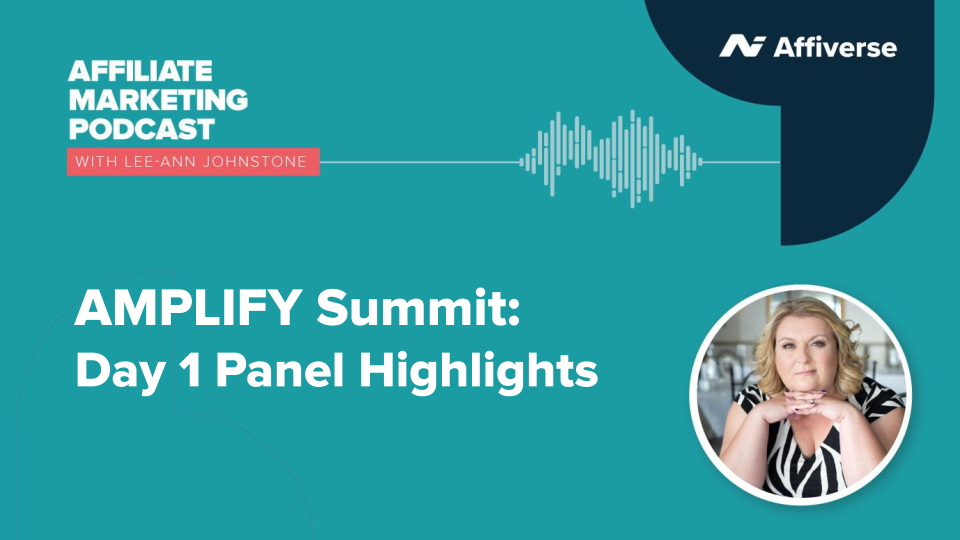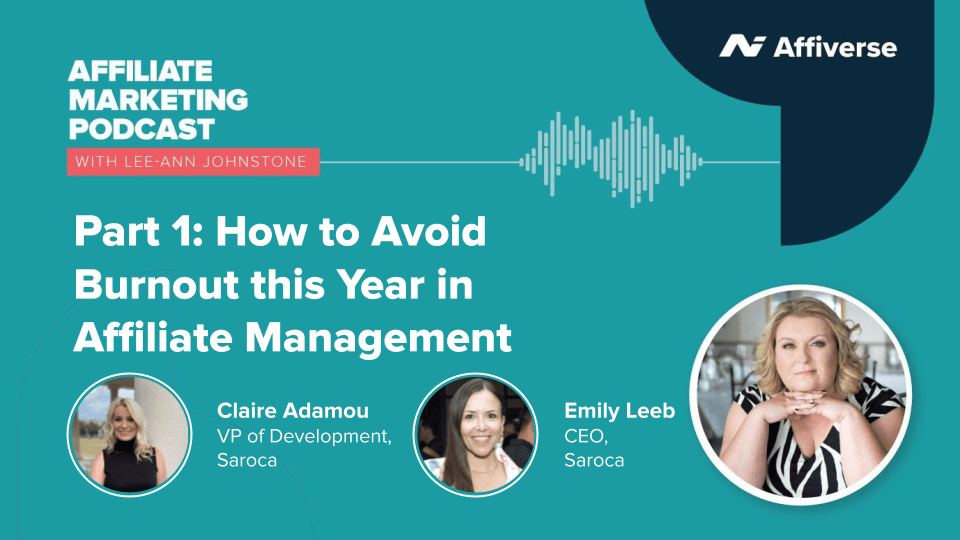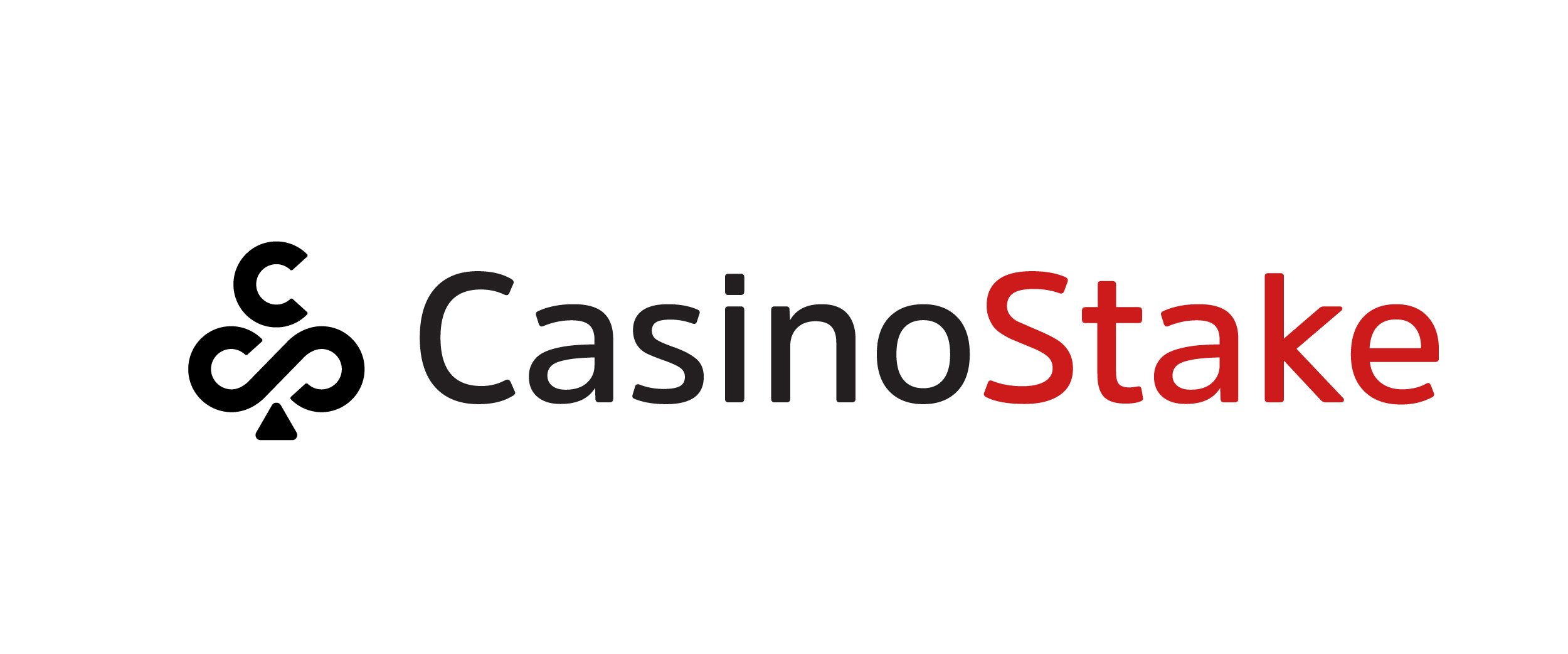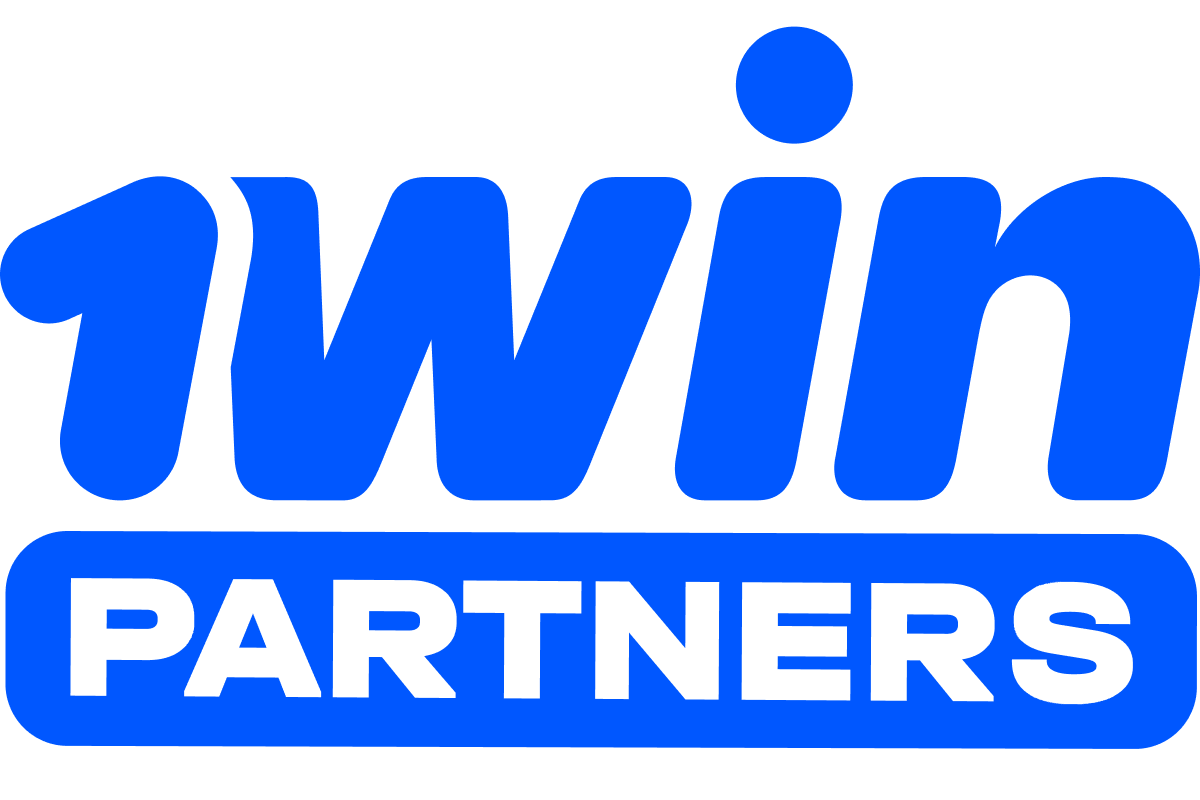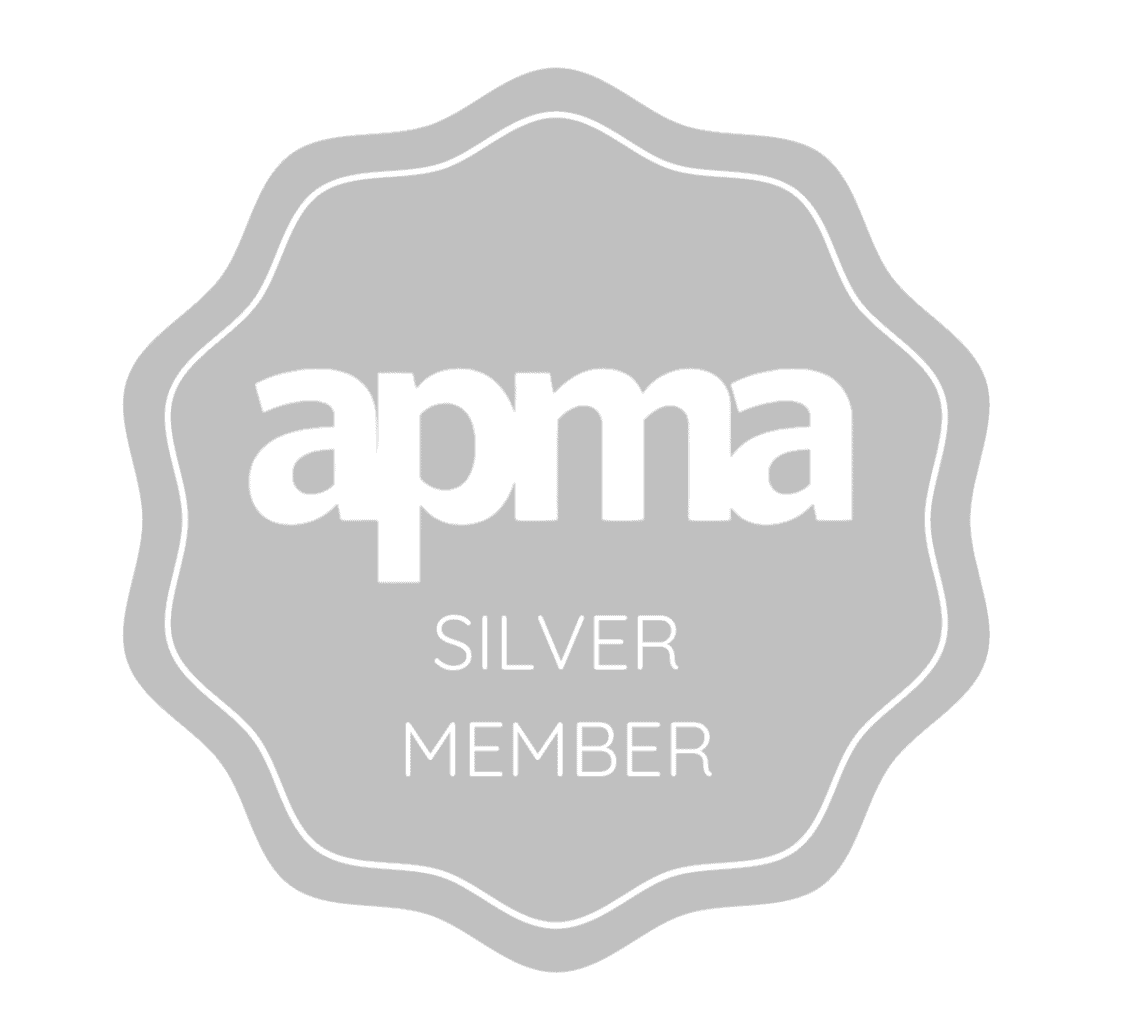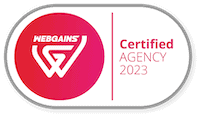If you are a brand looking to use affiliate marketing to reach an audience, you’re going to need a landing page. They are essential to affiliate marketing. They are where a customer is going to land after clicking your link and allow you to put your best foot forward to endear your customer.
If you’re looking to optimize your landing page, take a look at our guide to using it as much as possible to make sure your customers engage and explore the rest of your website.
What is the purpose of a landing page?
As mentioned, a landing page is typically where a user is going to “land” when clicking a link delivered to them via either a search result, an email, ads on social media, or links in blogs or from influencers. Unless you’re looking to direct customers to specific products or incentives, a landing page is the go-to for directing customers to, like an online shop window. For it, they can decide if they want to pursue and what they want to pursue.
The point is to instantly gain trust and interest from the user, and prompt them into further action in your main site, usually with a call to action. But it has to be concise.
Where your website homepage, for example, will have multiple purposes, directing your customers in all sorts of directions, from contact details to products to blogs, a landing page has one purpose and points your customers in one direction, to your call to action.
It’s a first impression
A landing page is an important part of your marketing campaign as it is likely to be a first impression of your brand to a lot of new customers. This means that customers are going to make a snap judgement on your brand based on this page, so you’re better off putting your best foot forward.
With that in mind, your graphics and text should clearly outline who you are, who your brand is for, and what you stand for.
But it should also look professional. Your website should represent your brand, even the landing page, and customers are likely to make a judgement on your items and services based on the state of it.
Use multimedia where appropriate on your landing page. This can be a video, image, audio clip, etc. Show who your brand is, give a little more detail, but think of it as a teaser to the rest of your site, and gain 42% more click-through rates.
It’s a chance to market
When it comes to what you actually fill your landing page with, yes, you can explain what your business is aiming for, but this is also a good chance to entice new customers with an offer. Promo codes, exclusive deals, special items are all good ideas to market on your landing page, so that users will be interested enough to explore the site and perhaps take you up on your offer.
It is a missed opportunity to not have some sort of call to action within your landing page. It gives your customers a directive, without which they would simply float around the page with nowhere to go. You’re giving them the first step in their exploration of your site.
Make sure to keep your call to action simple and prominent. If you’re looking for subscribers, show them how to do it in one click, with one button that clearly says “Subscribe” or something along the same lines.
It is also a big step in your campaign. Once you have driven traffic to your landing page, you can complete your campaign goal with a call to action, be that acquiring new members, increasing sales, gaining subscriptions, etc.
How does it affect your affiliate marketing?
The point of affiliate marketing is to drive traffic from various different sources, via embedded links, to your website. Unless you have plans to disperse your traffic over various pages of your website, chances are you’ll be directing your traffic to your brand landing page.
The landing page is one of the last stages in your sales funnel and it’s also one of the most important. It’s where visitors get converted into sales.
When you are creating your sales funnel, the first step is to optimize your site for searches, create your landing page, then send out affiliate links as needed. As users search for you or come across your links, they will be directed to your landing page, where they can be converted from visitors into sales.
If you’re looking for more affiliate marketing advice, take a look at our blog, or book a free call with a member of our team for a more personalized approach.




